Air Quality Measurements and Real-Time Maps
CREATE-AQI provides real-time PM2.5 (particulate matter smaller than 2.5 um in diameter) maps through a university-run website (AQandU) or though the Salt Lake County Health Department. Dust (PM10, particulate matter smaller than 10 um in diameter) and additional counties will be coming soon. These maps are based on UDAQ and low-cost sensor measurements. We remove outliers, apply appropriate correction factors to low-cost sensor measurements, and we present the results in an easy-to-interpret heat map.
The vast majority of low-cost particulate matter (PM) sensors are incapable of effectively measuring dust (PM10) in spite of manufacturer claims. Our team identified a cost-effect sensor for measuring dust (see publication) and worked with TELLUS to integrate this sensor into the sensor network. As part of this project, we will be working to optimize mapping for dust, which is more spatially heterogeneous (larger/denser and tends to settle quickly) than PM2.5.
Air Quality Sensors
Air quality is measured in real-time using an air quality sensor network through TELLUS. Each air quality sensor node is equipped with a TELLUS printed circuit board (PCB) and, at minimum, a sensor that measures PM2.5 and a sensor that measures temperature and relative humidity. Sensors placed outdoors may be equipped with an additional sensor that measures PM10, while sensors placed indoors will be equipped with an additional sensor that measures carbon dioxide.
TELLUS device housing and PCB
The TELLUS PCB includes a microprocessor, WiFi or cellular antenna, and electronic equipment to receive air quality measurements from each sensor and communicate with and save the air quality measurements to an online database. Each PCB and set of air quality sensors is contained within a weatherproof housing unit.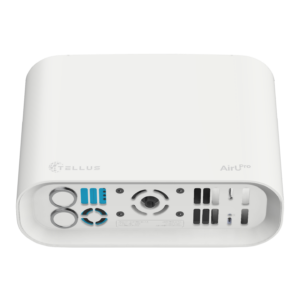
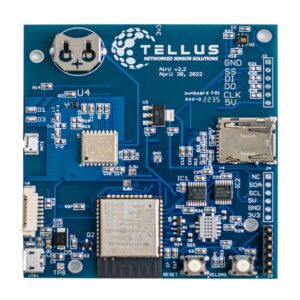
Plantower PMS3003/5003 PM2.5 sensor
The Plantower PMS3003 and Plantower PMS5003 are widely used sensors that use the principle of light scattering to estimate particle concentrations.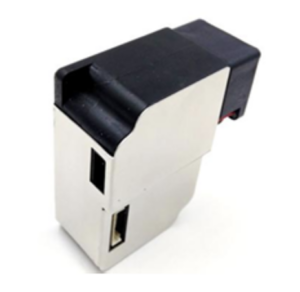
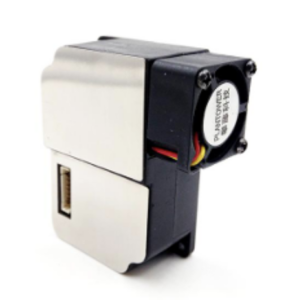
Alphasense OPC-N3 PM10 sensor
The Alphasense OPC N3 is an optical particle counter that is effective at measuring PM10 and dust particles. It uses light scattering to count particles and to estimate particle concentration.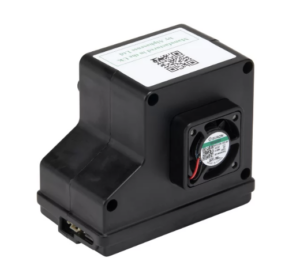
Senseair Sunrise HVAC CO2 sensor
The Senseair Sunrise HVAC sensor is a non-dispersive infrared (NDIR) sensor that measures carbon dioxide concentration.
Project Focus Areas
The project entails three core research areas.
-
Air Quality Guidance
Air quality guidance targeted to protect children and student-athletes from the impacts of poor air quality.
Read more... -
Air Quality Measurements
A network of low-cost air-quality sensors measure air pollutants, with measurements rendered on an air pollutant heat map in real-time.
Read more... -
Air Quality Forecasts
Daily forecasts to provide information about potential air pollution risks during scheduled outdoor activities for children and student athletes.
Read more...